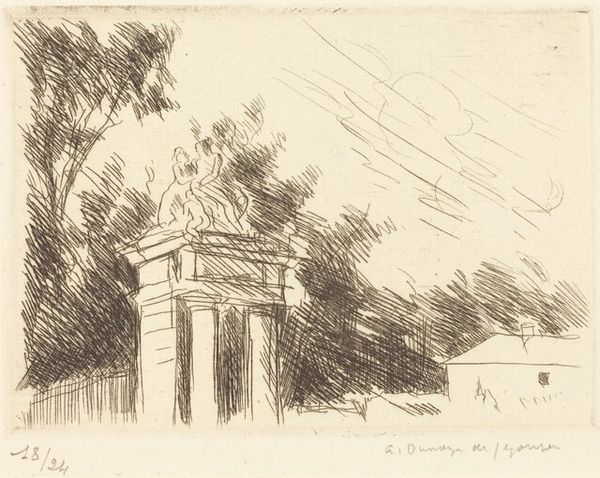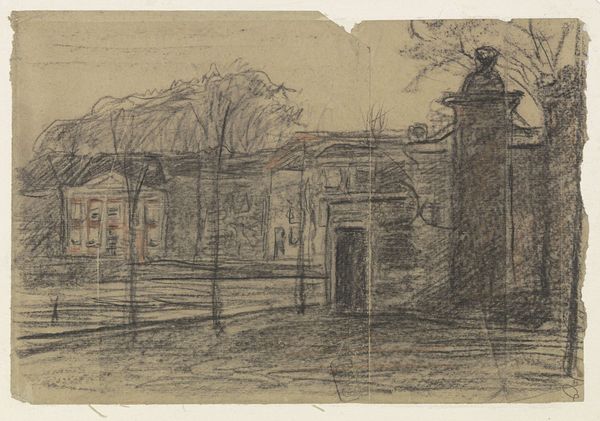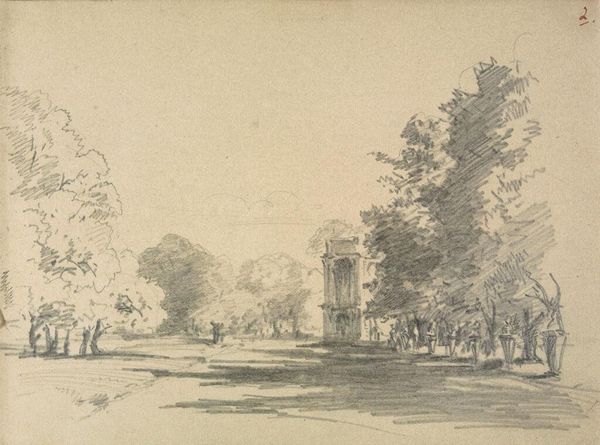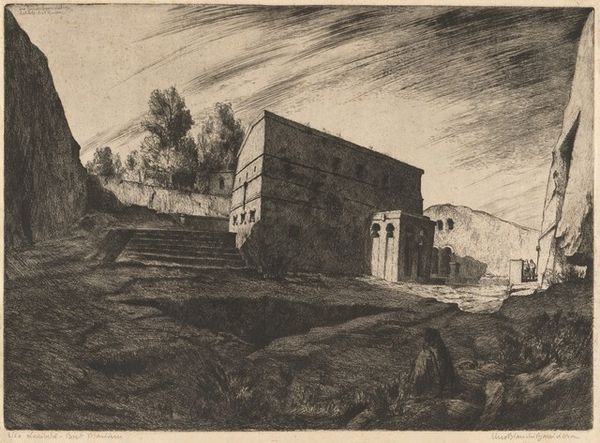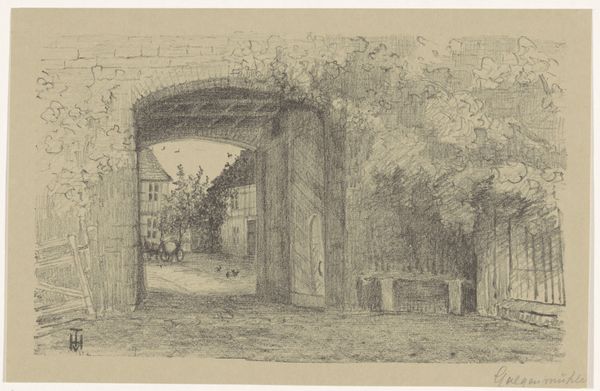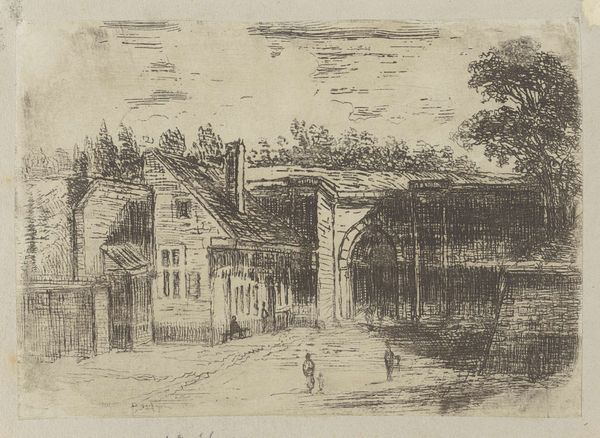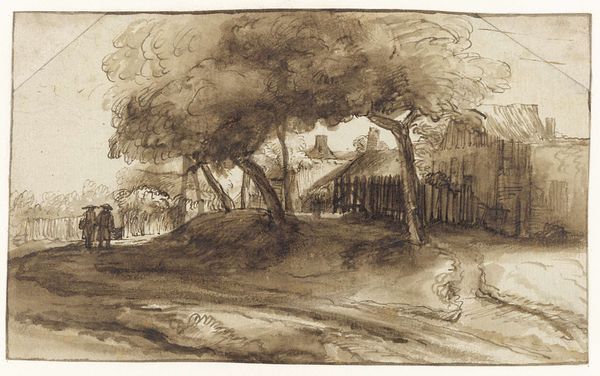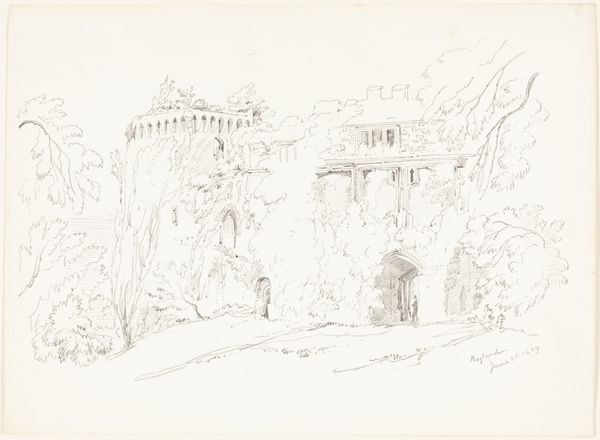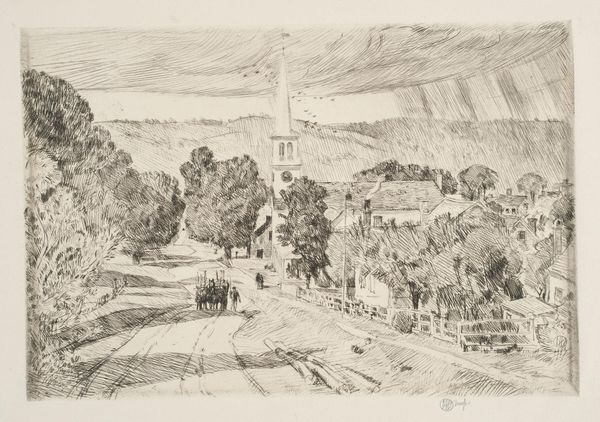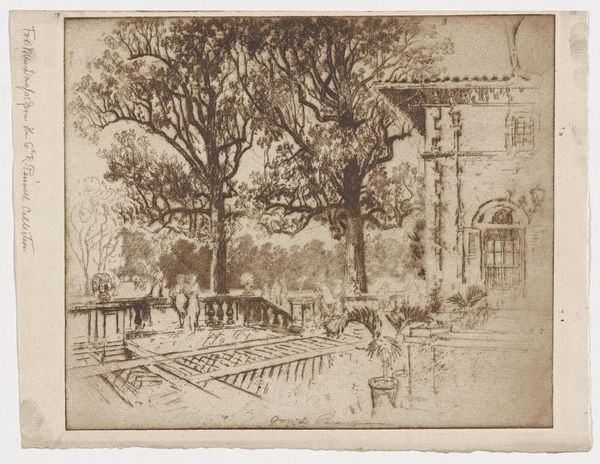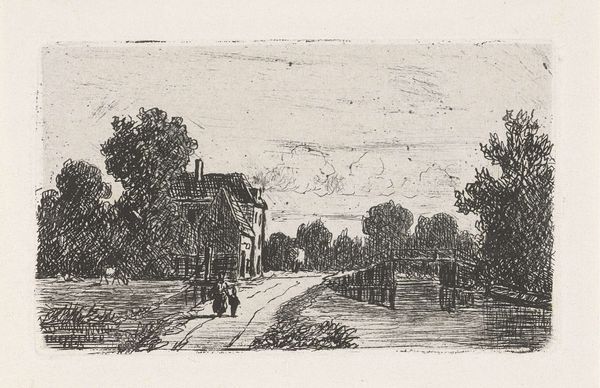
Entrance to the Orangerie, Versailles (Large Plate) (Versailles, l'Entree de l'Orange 1924
0:00
0:00
Copyright: National Gallery of Art: CC0 1.0
André Dunoyer de Segonzac made this etching of the Entrance to the Orangerie at Versailles using black ink on paper. Segonzac came of age artistically during the first World War and it marked him profoundly. Segonzac's generation was preoccupied with a sense of France's lost greatness. Versailles was an important symbol of French history and culture. The architecture represents the power and splendor of the French monarchy during its height. The Orangerie, originally built by Louis XIV, was a symbol of royal opulence. Segonzac finds an image of the past in his own present. Segonzac was deeply influenced by the realist tradition, focusing on scenes of everyday life and landscapes. As a historian, I would want to investigate the popularity of Versailles as a subject for artists during this period. Understanding the cultural and political climate of France in the early 20th century can shed light on why artists like Segonzac were drawn to such historical sites.
Comments
No comments
Be the first to comment and join the conversation on the ultimate creative platform.
